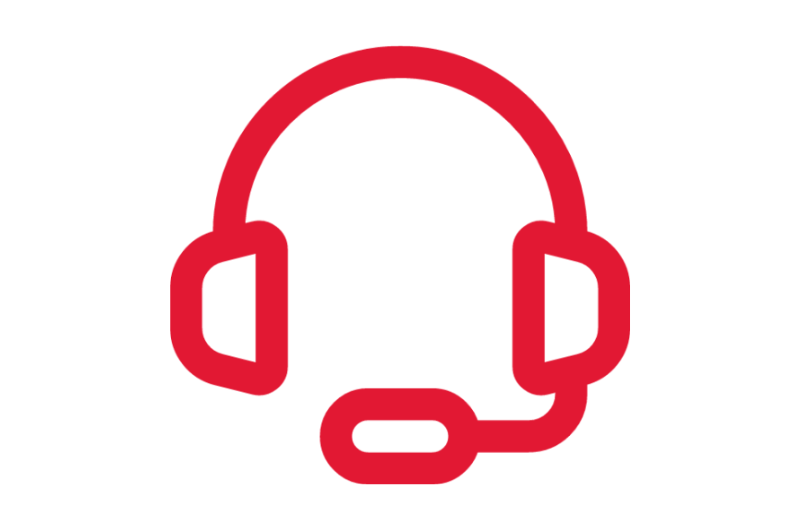Business Assets
Topics:
 Business Assets
Business Assets
Business assets can include university-purchased, federally-owned, donated or university-produced equipment and materials. Workday enables you to register, issue, edit, depreciate, dispose, and reinstate assets.
Terminology
- Trackable Spend Categories/Invoice Lines – Some spend categories are marked as “trackable,” which means they are treated as depreciable capital assets by default. Business Assets Accountants are involved in approving supplier invoices with trackable spend categories/invoice lines. You have the option of changing these invoice lines to “expense,” to avoid depreciating that invoice line.
- Asset Tagging Signature Sheet – When a new asset is registered, and the Business Asset Accountant issues the asset tag to the department/unit where the asset is kept/used, the department must complete an Asset Tagging Signature Sheet in Workday. The signature sheet serves as confirmation that the asset tag has been received and the asset has been tagged appropriately.
Tasks
- Register Asset – Business Asset Tracking Specialists register assets in order to depreciate them, track their useful life, and eventually dispose of them.
- Assign Asset Accounting Information – As part of the asset registration process, Business Asset Accountants assign or verify the accounting book, depreciation profile, location, and other relevant information to financially track the asset.
- Expense a Partial Payment to an Asset – When an asset is purchased through a supplier invoice that is paid in installments, Business Asset Accountants must mark the second and all subsequent invoice payments as a non-trackable expense to avoid duplicate registered asset records.
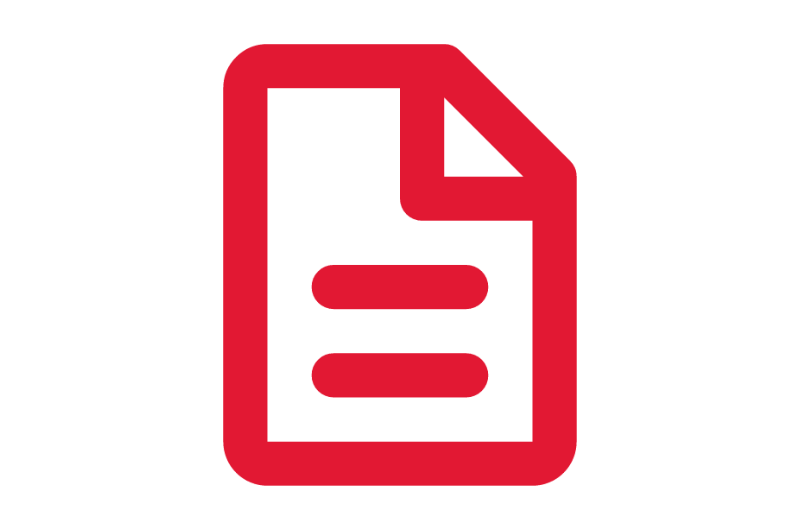
Step-by-Step Instructions
View Business Assets Job Aids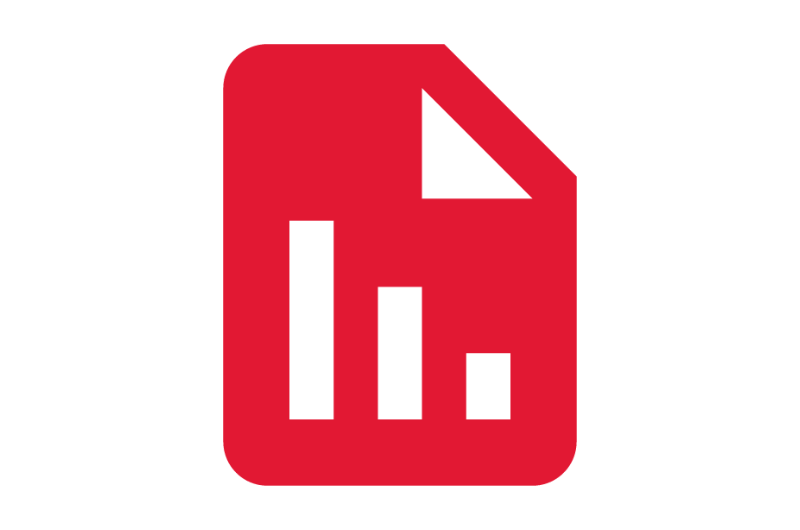
Finding Information
View Finance Reports
What's Changing?
View Business Assets Key Changes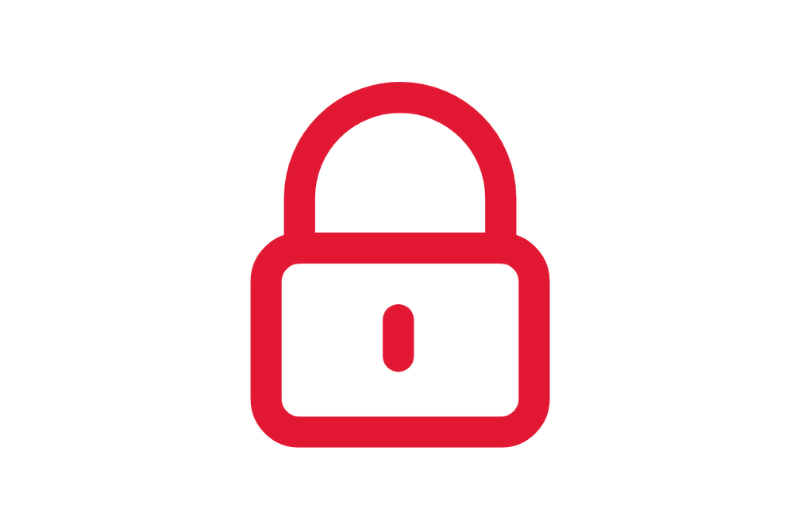
Security Roles
View Business Assets Security Roles
Glossary
View the Glossary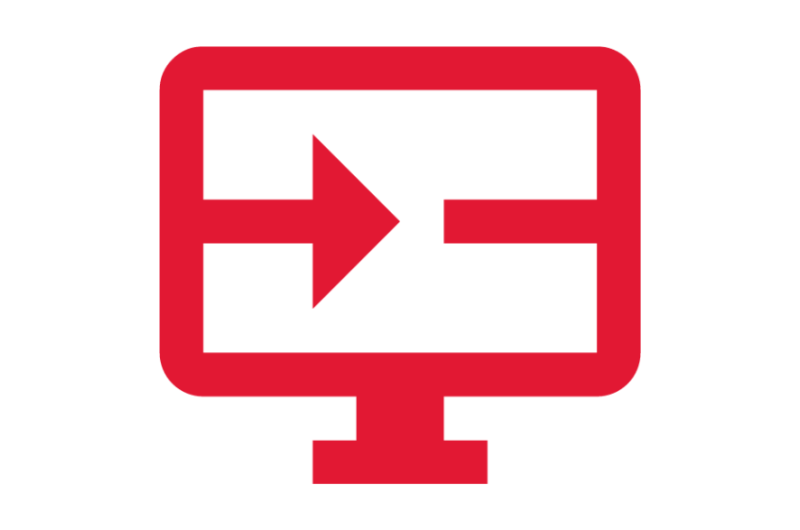
Requests
View Business Assets Requests